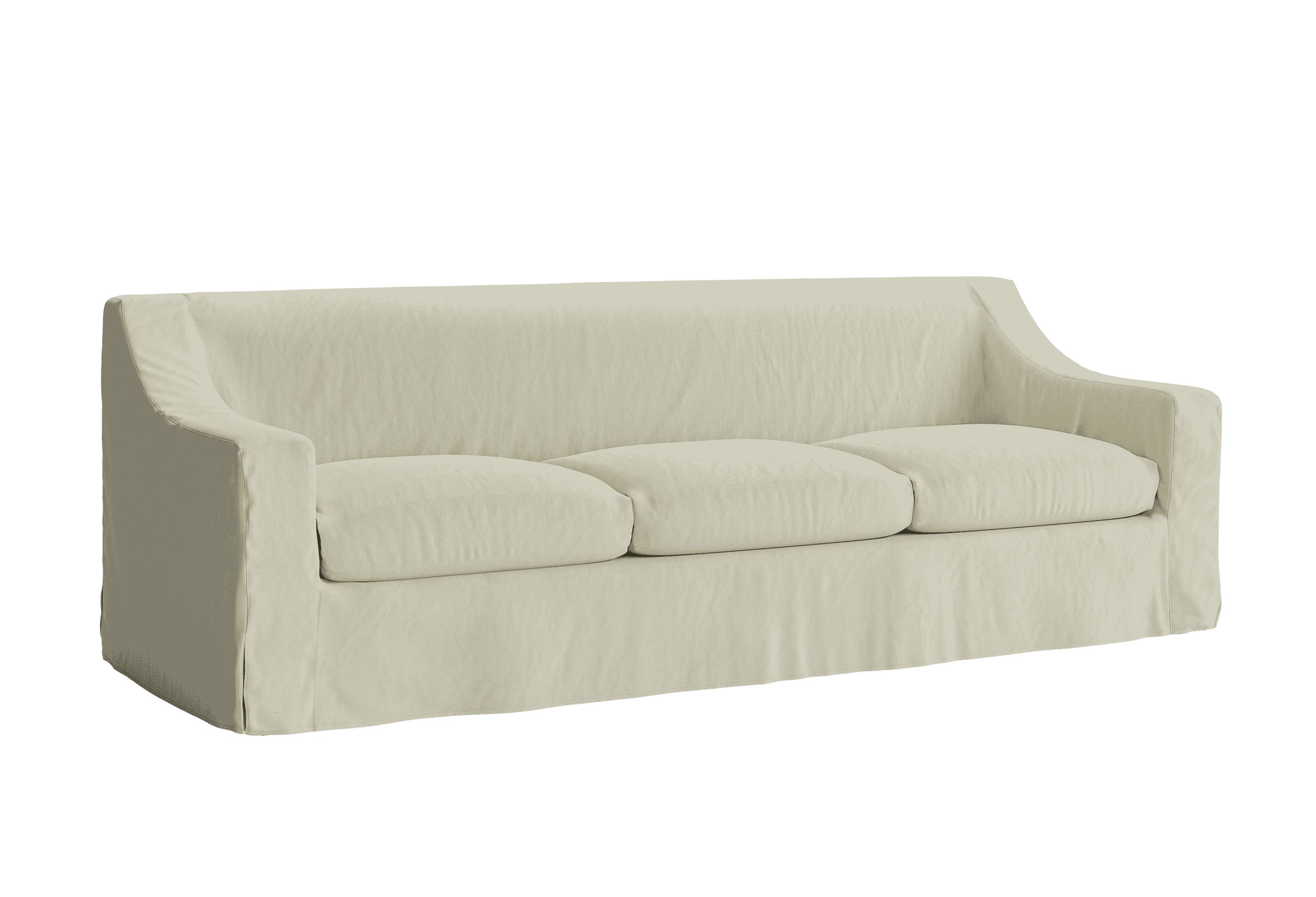For many, home is a sanctuary: it’s where we unwind, nourish, and restore our bodies at the end of each day. However, many household and furniture items, including mattresses and bedding, contain chemicals that pollute the air and harm both our bodies and the planet.
You can protect your space (and peace) by being intentional about what you bring into your home. This post dives deep into what you should look for in mattresses, sleeping, and everyday furniture items.
Healthy Home Checklist: Your Guide to a Shopping Sustainable Furniture
In an industry where greenwashing is ever present, it can be hard to determine what’s actually good for your home from what’s good marketing. That’s why we provided a guideline for shopping for furniture that’s safe for your home and the planet.

1- Materials matter
Materials matter when it comes to buying healthy furniture and household goods. Some of the best materials to search for are organic cotton, wool, and latex. Organic cotton is safe, non-toxic, and breathable, while wool is durable, breathable, and naturally flame resistant (no need for chemical flame retardants!). For mattresses, latex is one of the most sustainable options as it can be sourced from sap (no tree cutting required) and harvested for up to 30 years. As a general rule of thumb, opt for products made from at least 95% certified organic materials.
2- Say no to forever chemicals
Many furniture items contain sinister chemicals and materials that can wreak havoc on your health. In particular, be out the lookout for PFAs and polyurethane foam.
Forever chemicals, or PFAs, are man made chemicals that build up in the body overtime and are linked to cancer and hormonal disruptions. While found in many household items, they’re particularly potent in products that contain chemical flame retardants, like mattresses and upholstered furniture.
Polyurethane foam, a foam commonly used in mattresses, upholstered furniture, and carpet underlay, can emit VOCs (volatile organic compounds) that irritate the respiratory system and cause other health problems.
To prevent these from entering your home, buy furniture that is free of polyurethane foam and explicitly made of PFA-free textiles.
3- When in doubt, look for certifications

Certifications are useful for navigating product safety. For mattresses and other furniture items, look for stamps of approval like GOTS (Global Organic Textile Standard) and GOLS (Global Organic Latex Standard). GOTS means that a product is made of 95 percent certified organic materials and cannot contain a certain amount of hazardous materials, like polyurethane foam. GOLS ensures that a product is made of 95 percent organic latex. If you plan to purchase furniture that contains polyurethane foam, look for one with a low-VOC certification to limit harm.
4- Keep it Simple
To create a non-toxic household, less is more. Keep it simple by avoiding added fragrances, fillings, or battings that can trigger breathing issues like allergies or asthma. Also, it’s best to forgo added touches like stain-resistant and waterproof treatments. Both waterproof covers and stain-resistant treatments contain PFAs that can disrupt your health. Instead, swap vinyl covers for safer choices like polyurethane laminate (PUL) and polyethylene if you need to waterproof your furniture.
Following these tips can help you prevent toxins from polluting your sacred space and create a healthier home.





